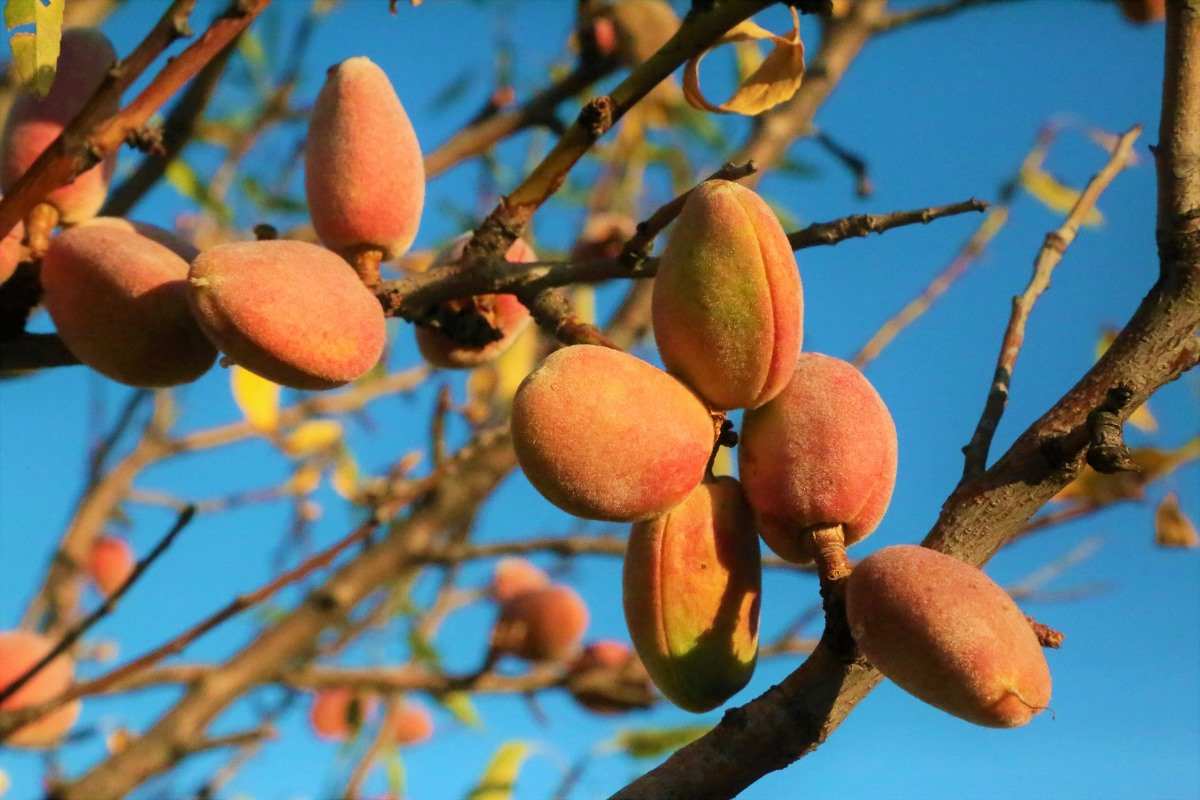



Article by: Hari Yellina
Almond growers are concerned about wind and cold weather, as they analyse the damage caused by highs and then lows that froze flowers. The producers are still reviewing the damage caused by highs and then lows that froze flowers, and wind and freezing temperatures added insult to injury. When you consider that almonds can only grow in five spots on Earth, it’s a significant issue. Warmer temperatures prompted an early almond flower bloom, but one grower alone lost 70% of her crop when temperatures dropped into the twenties for several days in late February. The Solano County Farm Bureau employs Lisa Shipley. Temperature dips are causing anxiety among growers this year. “Then there’s this wind, which isn’t helping matters.” “We’re collaborating with the agriculture commissioner,” Shipley added. “We’ve put out a survey to the growers, and we should have something back in the next week to ten days that’s more representative of the actual loss.”
According to research, one almond tree can yield up to 20,000 flowers, depending on its size and variety. And each blossom is pollen-receptive for one to three days. As a result, timing is crucial. The next month will be crucial in ensuring that the nuts that are forming are not exposed to any additional frost. Kern county appears to have escaped the worst of a situation that may or may not affect a worsening oversupply in the market. Freezing temperatures late last month damaged an undetermined share of Kern’s almond crop, though Kern county appears to have escaped the worst of a situation that may or may not affect a worsening oversupply in the market.
Additionally, according to preliminary reports, frost impacted northern portions of the Central Valley on consecutive nights during the most vulnerable phase, when fertilised buds were developing into nutlets. Of course, fewer almonds mean higher prices for customers, but there’s another reason to be concerned about the almond bloom. Honeybee viruses and pathogens that harm bee health and colonies can be reduced by a chemical found in almond tree nectar and pollen, according to USDA research. Nevertheless, it’s too early to tell how extensive the losses are, or even if there will be any damage at all.